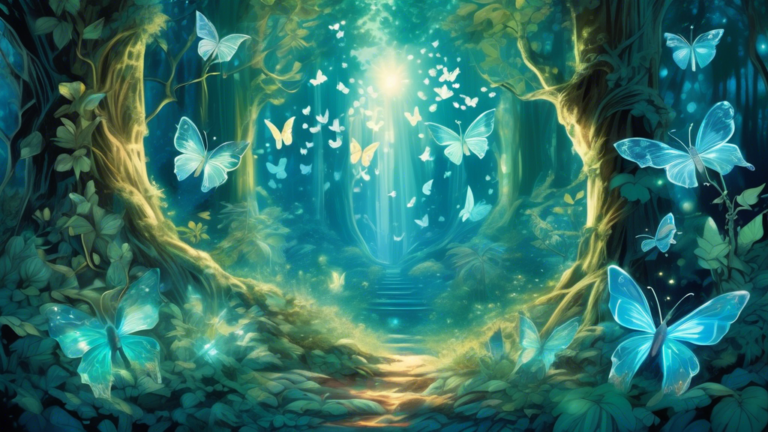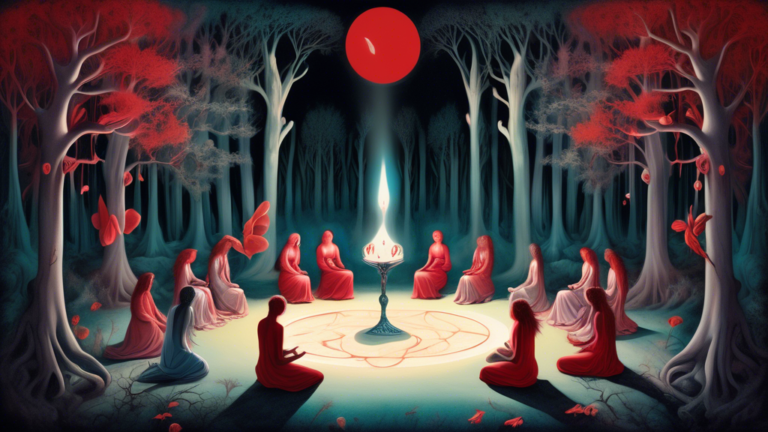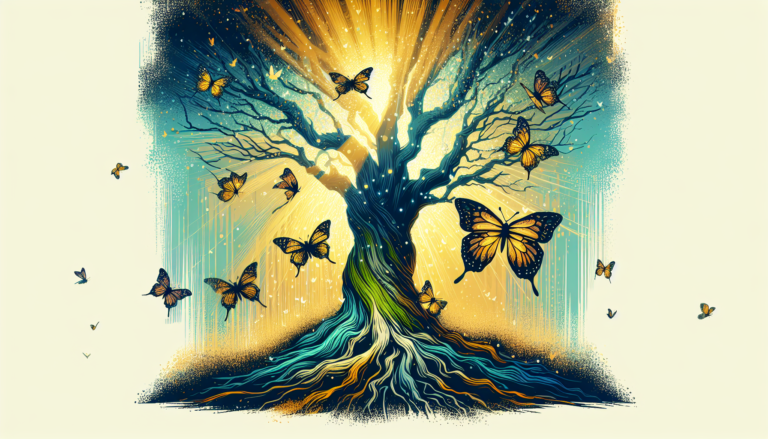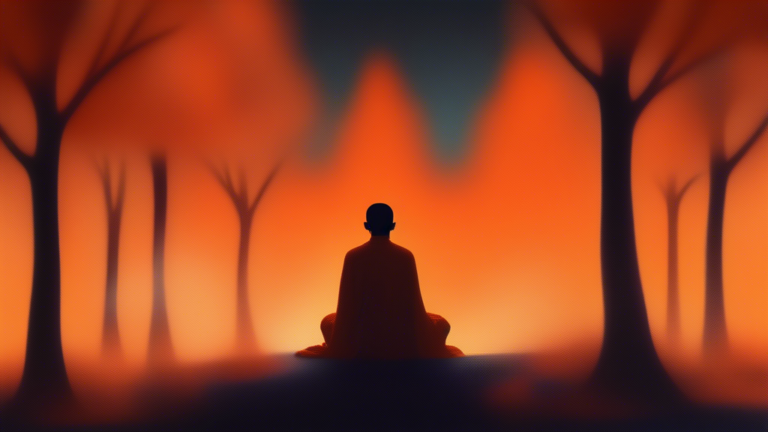Exploring the Spiritual Significance of Crying Blood
Understanding the Phenomenon of Crying Blood
Crying blood, medically known as haemolacria, is a rare condition characterized by the presence of blood in tear secretions. This phenomenon, while startling, has been documented through various historical and contemporary accounts. Often, it stirs deep emotional and spiritual reactions among observers and sufferers alike. To understand the spiritual significance of crying blood, it is crucial to delve into its religious, cultural, and symbolic interpretations across different traditions.
Religious Interpretations and Symbolism
In many religious texts, the act of crying blood is depicted as a potent symbol. It can signify extreme anguish or profound spiritual revelation. For example, in Christian iconography, images of saints and figures such as the Virgin Mary crying blood are not uncommon. These depictions generally symbolize deep sorrow for the sins of humanity or an intense manifestation of piety and compassion.
In other religious beliefs, such as certain sects of Hinduism, bleeding from the eyes during intense spiritual practice or emotional distress signals a connection with the divine or the presence of a spiritual ordeal. It underscores a person’s endurance in the face of suffering, often being interpreted as a sign of spiritual awakening or purification.
Cultural Contexts and Folklore
Beyond organized religion, many cultures have rich folklore surrounding the phenomenon of crying blood. In some folk traditions, it is seen as an omen or a supernatural sign. It might predict significant life changes, impending disaster, or warnings against certain actions. Such cultural interpretations often reflect the fears and values of the community, making the act of crying blood a powerful narrative element in folklore and myth.
Psychological and Emotional Dimensions
From a psychological perspective, the imagery of crying blood powerfully conveys the extreme states of emotion or profound existential crises. In art and literature, characters depicted with tears of blood often are undergoing severe mental or emotional turmoil. Therefore, this image can serve as a metaphor for deep emotional pain, unbearable sorrow, or the feeling of being overwhelmed by life’s challenges.
Exploring Personal and Collective Meanings
For individuals experiencing or witnessing this phenomenon, the interpretation can vary widely based on personal beliefs, cultural background, and current life circumstances. Some may see it as a call to spiritual awakening, while others might interpret it as a sign of personal or collective distress needing attention and compassion.
Furthermore, in group settings, the occurrence of crying blood can foster a shared emotional or spiritual experience. It could unify people through a collective witnessing of what is perceived as a divine sign or a collective suffering, thereby catalyzing communal support, empathy, and spiritual reflection.
Medical Understanding and Its Impact on Perceptions
While exploring the spiritual significance of crying blood, it’s important to consider the medical perspective. Conditions such as haemolacria can be caused by various factors including infections, injuries, or systemic health issues. Medical insights into the condition can influence how individuals and cultures understand and react to these occurrences, balancing spiritual interpretations with health-related explanations.
Conclusion
The act of crying blood holds a profound place in both historical and contemporary contexts, blending medical reality with deep spiritual symbolism. Whether viewed through the lens of religion, culture, psychology, or medicine, it continues to fascinate and inspire a wide range of interpretations and responses. For many, these tears of blood remain a powerful symbol of human suffering, spiritual depth, and the mysterious interplay between the physical and the divine.







